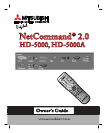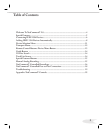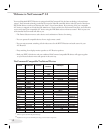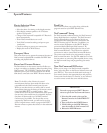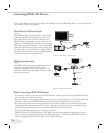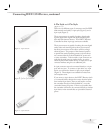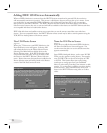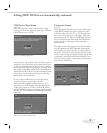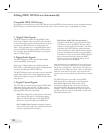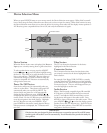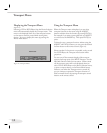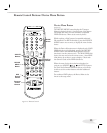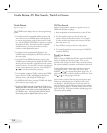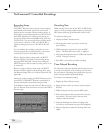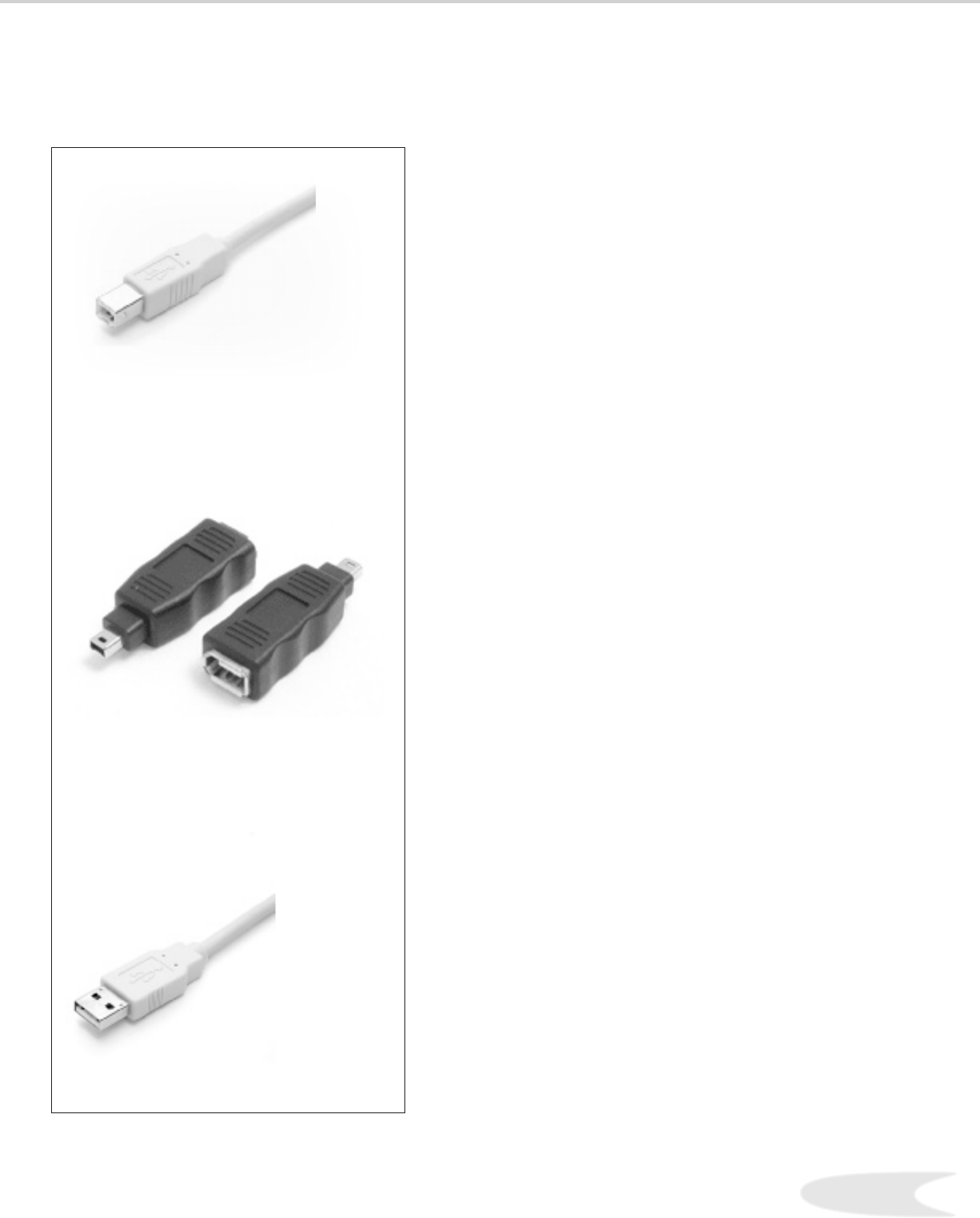
7
Connecting IEEE 1394 Devices, continued
4-Pin Style vs. 6-Pin Style
(Figures 3, 4, 5)
There are two different types of connectors used for IEEE
terminals and cables, a -pin style (Figure ), and a
-pin style (Figure ).
The -pin connector is capable of sending digital audio
signals, digital video signals and digital control signals
back and forth between devices. Your HDTV Receiver/
Controller has three -pin type connectors available.
The -pin connector is capable of sending the same digital
audio, video and control signals as the -pin connector,
but the -pin connector is also able to send low voltage
electrical power. The purpose of this electrical power is
to provide the needed operating power to a device that is
not connected directly to the household AC power such
as some camcorders. A device with a -pin connector can
send this electrical power to another device, or receive
electrical power from another device, or simply use a -pin
connector without using the two additional pins.
A -pin connector cannot be connected directly to a -pin
jack, and vice versa. To connect a -pin device to a -pin
device, you will need to obtain a -pin to -pin adaptor
(Figure ). These adaptors are available from electronic
and computer stores.
If you connect a -pin device to the HDTV Receiver (such
as a camcorder) that is designed to receive electrical power
from another -pin device, then you will need to connect
the camcorder directly to the household AC, or use the
camcorder’s battery for power. If this is not possible, then
the camcorder will need to be connected directly to another
-pin device in the network that can provide the electrical
power.
Figure 3. 4-pin connector
Figure 5. 6-pin connector
6 pin to 4 pin adaptor
Figure 4. 6 pin to 4-pin connectors



